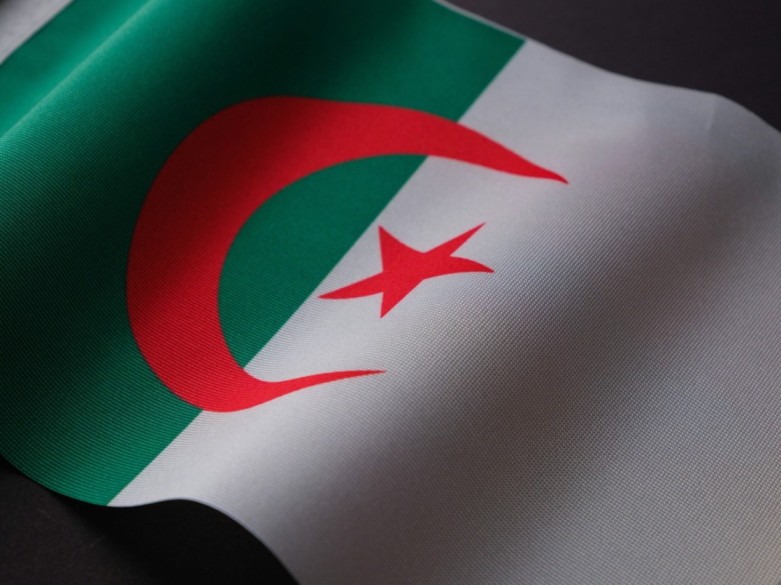Opinion – Lessons learned from Armenia-Azerbaijan conflict

By Mohammad Anthoni
The dissolution of the Soviet Union in 1991 produced several conflicts in the South Caucasus, Moldova, and Ukraine.
Conflicts in Georgia and Moldova witnessed ethnic expulsion, nevertheless, not all Georgians and Moldovans were expelled from the territories controlled by the separatist entities in Abkhazia, South Ossetia, and Transnistria.
More brutal and bloodier mayhems among these conflicts include the one between Armenia and Azerbaijan. The former engaged the latter in an undeclared war in the mountainous heights of Nagorno-Karabakh.
The Khojaly and Zangilan cases clearly show that not only were the employed military tactics of excessive brutality directed against the military objectives of the Azerbaijan army, but also the whole population of the targeted regions.
Graeme H. Wilson in his book titled ‘ILHAM: Portrait of A President’ said that during the turmoil and of the collapse of the Soviet Union, a deeply divided and weak political elite in the capital of Baku contributed to chaos as Azerbaijan lost Nagorno-Karabakh and swathes of surrounding territory.
“By the time advancing Armenians being stopped, Azerbaijan had lost nearly one fifth of its territory to occupiers,” he said.
President Ilham Aliyev who visited Aghdam (a formerly occupied district) on November 22, 2020 illuminated the level of destruction for the first time through the lenses of local and international media.
International journalists, including a well-known French photographer, Reza Deghati, described the district as the ‘Hiroshima of the 21st Century’ after seeing the ruins.
During the First Karabakh War in the late 1980s and early 1990s, the region was occupied by Armenian Armed Forces and was under their control for nearly three decades.
The occupation ended in the fall of 2020 after 44 days of intense clashes during the Second Karabakh War (September 27 – November 9, 2020) when Azerbaijan reclaimed the city of Shusha and several other cities and settlements.
From the outset of the 44-day-long-war, Azerbaijan’s military superiority was clear.
Within the first couple of days the Azerbaijani army managed to break the defenses of Armenian Armed Forces around Fuzuli and overcame the so-called ‘Ohanyan Line’ considered to be one of the strongest fornications installed by Armenia’s army in the occupied Azerbaijani territories.
Moreover, from the early days of this war, Azerbaijan demanded that Armenia withdraw its military forces from the territories, fully and unconditionally, and in accordance with UN Security Council Resolution 853, issue a timetable for the de-occupation of Azerbaijani lands.
In their joint article titled Assessing Damaged Caused by the Illegal Activities of Armenia to Azerbaijan in the Liberated (Formerly Occupied) Territories, Javid Alyarli and Arzu Abbasova argue that since the end of the First Karabakh War in 1994, Armenia has striven through all possible means to strengthen the results of the unlawful use of force and create a mechanism for benefiting politically, economically and militarily from the formerly occupied territories of Azerbaijan.
To that end, several illegitimate activities were implemented, ranging from the illegal settlement of Armenians and foreign nationals of Armenian origin in Azerbaijan’s Nagorno-Karabakh region and its adjacent districts to illegal restoration and construction of economic infrastructure, exploitation of resources, as well as the purposeful removal of cultural identity of Azerbaijan, they said.
By highlighting the financial parameters and legal ramifications of the illegitimate actions, both authors find that an underlying political motive was cementing the Armenian occupation and promoting annexationism.
The settlement of foreign nationals of Armenian origin in the formerly occupied territories at the expense of expelling around 750,000 indigenous Azerbaijani people has caused the country to allocate a significant amount of finance to ensure the social welfare of Internally Displaced Persons (IDPs) since 1993.
During the entire period of occupation, Armenia illegally used these territories for agricultural purposes.
In his popular address on December 1, 2020, Azerbaijan’s President Ilham Aliyev said that Armenia was growing wheat on tens of thousands of hectares of land in Agdam, Fuzuli, Jebrayil, and Zengilan districts.
Armenia harvested up to 90,000 tons of wheat per year in the formerly occupied territories, only a little more wheat is produced in Armenia itself just 100,000 tons per year.
Economy of Azerbaijan
The economy of Azerbaijan was deprived of benefit from the rich agricultural resources of the formerly occupied resources.
The intermountain and foothill plains and plateaus suitable for agriculture in the liberated territories are expected to enable grain-growing, fodder production, viticulture, and tobacco, potato, and cotton growing, as well as dairy and meat production.
Even during the destruction of Azerbaijan’s cultural heritage in the formerly occupied territories, Armenia was advertising the Nagorno-Karabakh region of Azerbaijan as a ‘tourist destination’ and organizing illegal tourist visits to propagate its subordinate separatist regime.
In this regard, international agencies were recruited to encourage foreign nationals to travel to the region.
The level of destruction and the ruins in some parts of Karabakh region could be seen by more than 200 delegates from 31 countries when they took one-day trip to Caucasian mountain city of Shusha, via Fuzuli, a one-hour flight from the capital after attending a two-day international conference in the beautiful Caspian seaside city of Baku, the capital of Azerbaijan.
The Baku International Multiculturalism Center (BIMC) and the Center of Analysis of International Relations (AIR Center) in partnership with the G20 Interfaith Dialogue Forum have recently invited them to the conference entitled ‘Embracing Diversity: Tackling Islamophobia in 2024 ‘.
With its stunning setting atop a mountain in Karabakh as well as its immense literary, musical and carpet-weaving heritage, Shusha is a place where nature and culture combine perfectly.
Shusha is the esteemed Cultural Capital of Azerbaijan, honored as the Cultural Capital of the Islamic World for 2024. Both Shusha and Fuzuli are among Azerbaijani cities being rebuilt and restored following the destruction during Armenia’s 30-year war of occupation which ended in 2020.
The delegates understood despite the end of hostilities, the civilian population and military personnel of the national army remain the victims of mines and booby traps set by Armenian units.
End

.jpg)








